How To Tighten Your Banjo Head
TOOLS NEEDED:
- 9/32” for Goodtime banjo/Boston
- ¼” for Deering resonator banjos
- 5/16” For openback Deering models
BASICS OF BANJO HEAD TENSION:
- The banjo head typically has a firm tension.
- For those of you with experience and a great ear, factory recommendations are to tighten it between G and G# on our frosted top heads.
- For the rest of us this means that the banjo head should give just a little to gentle pressure from our hand and the bridge should definitely look like it is sitting on a flat surface. This gives your banjo a bright, sparkling, ringing tone that is what most (but not ALL) people think of when it comes to the sound of a banjo.
- If the bridge is sitting in a valley, it is time to tighten the head tension unless you want a very warm sound.
- The banjo head is held in place by a tension hoop which sits around the perimeter of the banjo head, and anywhere from 16-24 brackets/j-hooks around the edge, held in place by hex nuts at their base. These hooks and nuts are the “tension producers.” When you tighten the hex nut, the hook pulls down on the tension hoop, tightening the head.
TIGHTENING THE HEAD TENSION:
- If you want to go to the opposite tonal spectrum, tightening the head above G#, say to A, where it is rock hard to the touch.
- You get a really super bright sound with good note distinction but less bass response.
- You don’t want to go beyond A as the head will be so stiff that it cannot vibrate readily. You will generally hear a sound that is less full, is sharper, or what some people refer to as “tinny.”
- Insert the nut into the wrench socket. Start by tightening the tension only 1/8 turn at a time on all hooks.
- Use the logo as the 12 o’clock position. Start at 12 and move to 6; go clockwise then counter clockwise.
- Go ONLY 1/8 turn on those hex nuts at a time to prevent “popping” or breaking the banjo head.
- More good information on head tightening can be found on our website, www.deeringbanjos.com in our online maintenance manuals in the “Support” section.
LOOSENING THE HEAD TENSION:
- If you loosen the head tension, your head will not vibrate as readily nor transmit as much energy to the rest of the post assembly (rim, tone ring, head, hooks/nuts, tailpiece, armrest, maybe resonator and flange).
- You will loosen the tension by backing off the tension on the hex nuts at the base of the hooks using the t-wrench.
- Insert the nut into the wrench socket. Start by loosening the tension only 1/8 turn at a time on all hooks.
- Use the logo as the 12 o’clock position. Start at 12 and move to 6; go clockwise then counter clockwise.
- This reduction in tension results in a warmer, less bright, or plunkier sound. HOW MUCH it changes depends on how much you loosen the head.
- Keep it firm enough to hold the bridge in place as there are other methods to mute the banjo further. Old timey frailers know these other tricks very well. They realize if you muffle the sound of the head, you create a banjo that is not only less loud but gives you a warm, deep tone with sustain. I have heard of players using foam blocks in the pot assembly, a rolled up rag, an old CD with a coating of bubble wrap, a mute on the bridge, you name it.
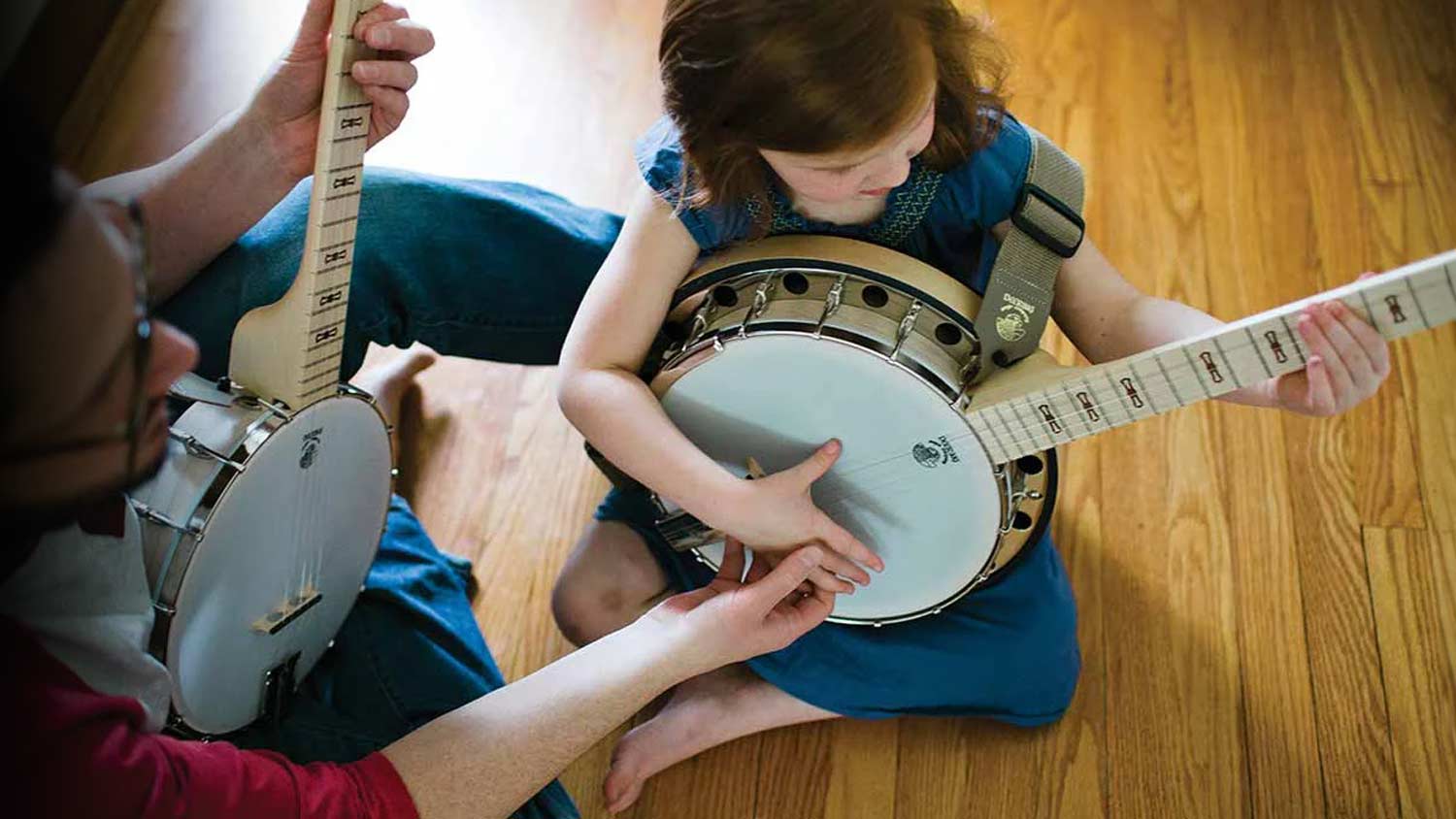



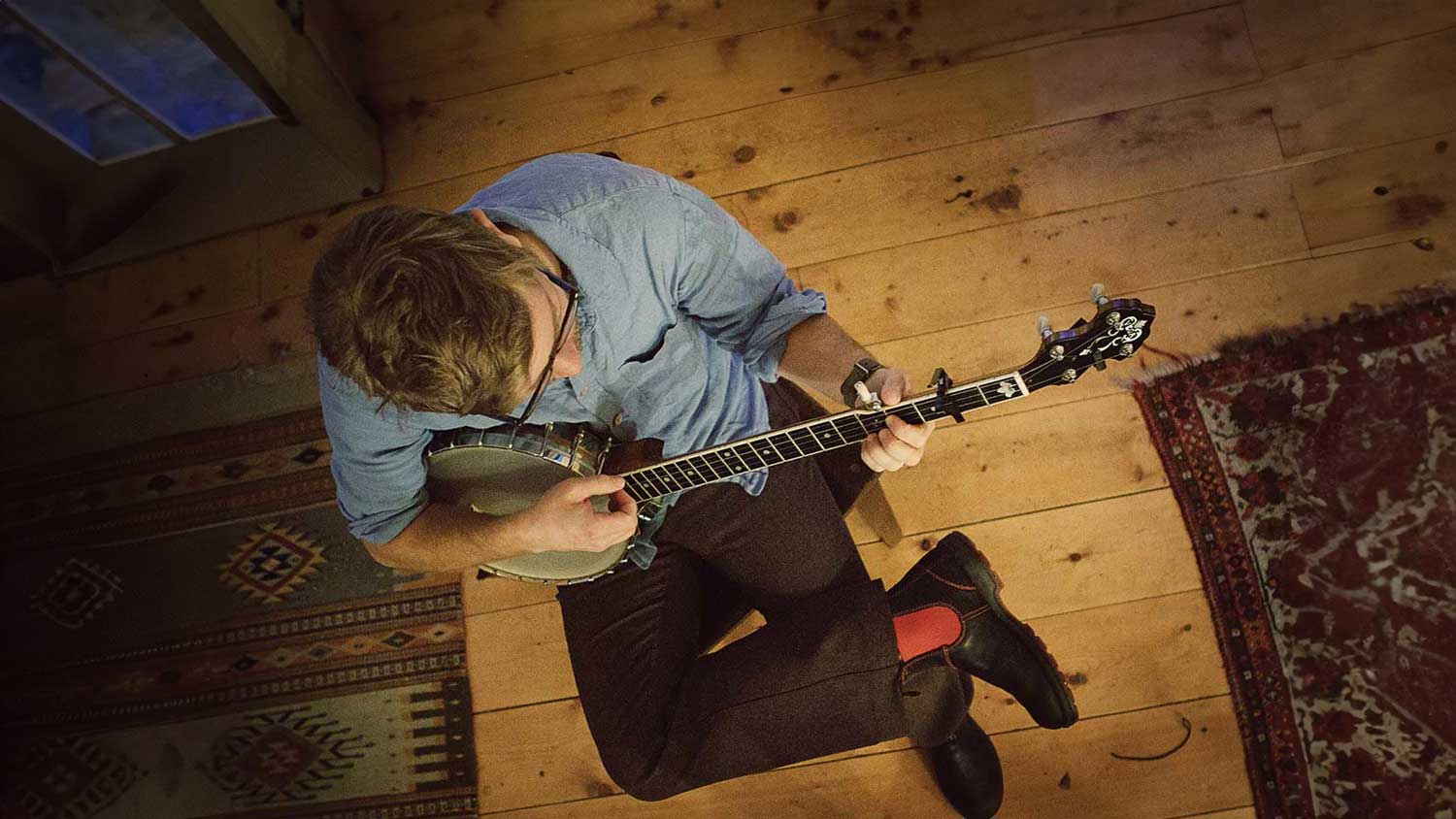
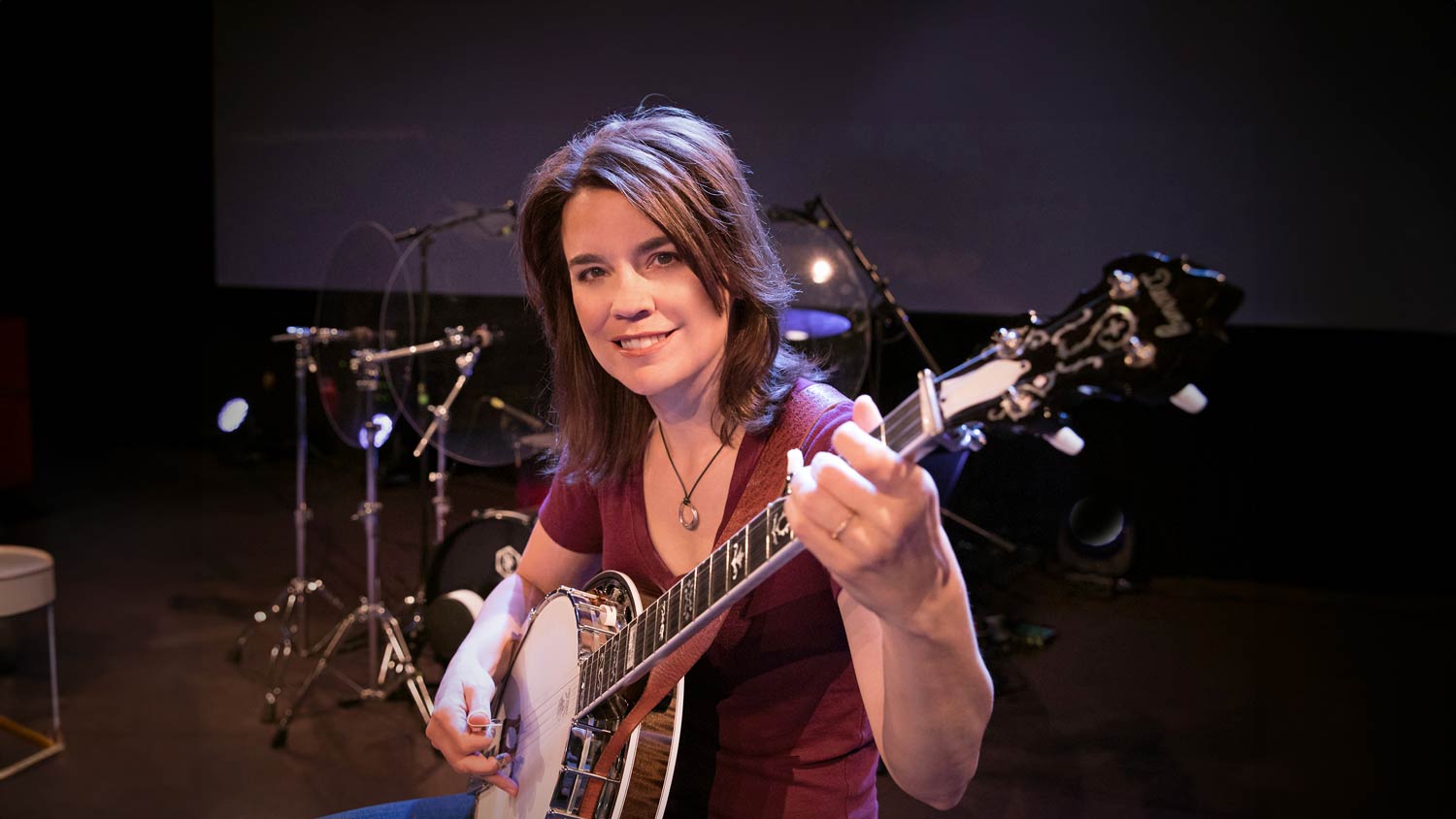

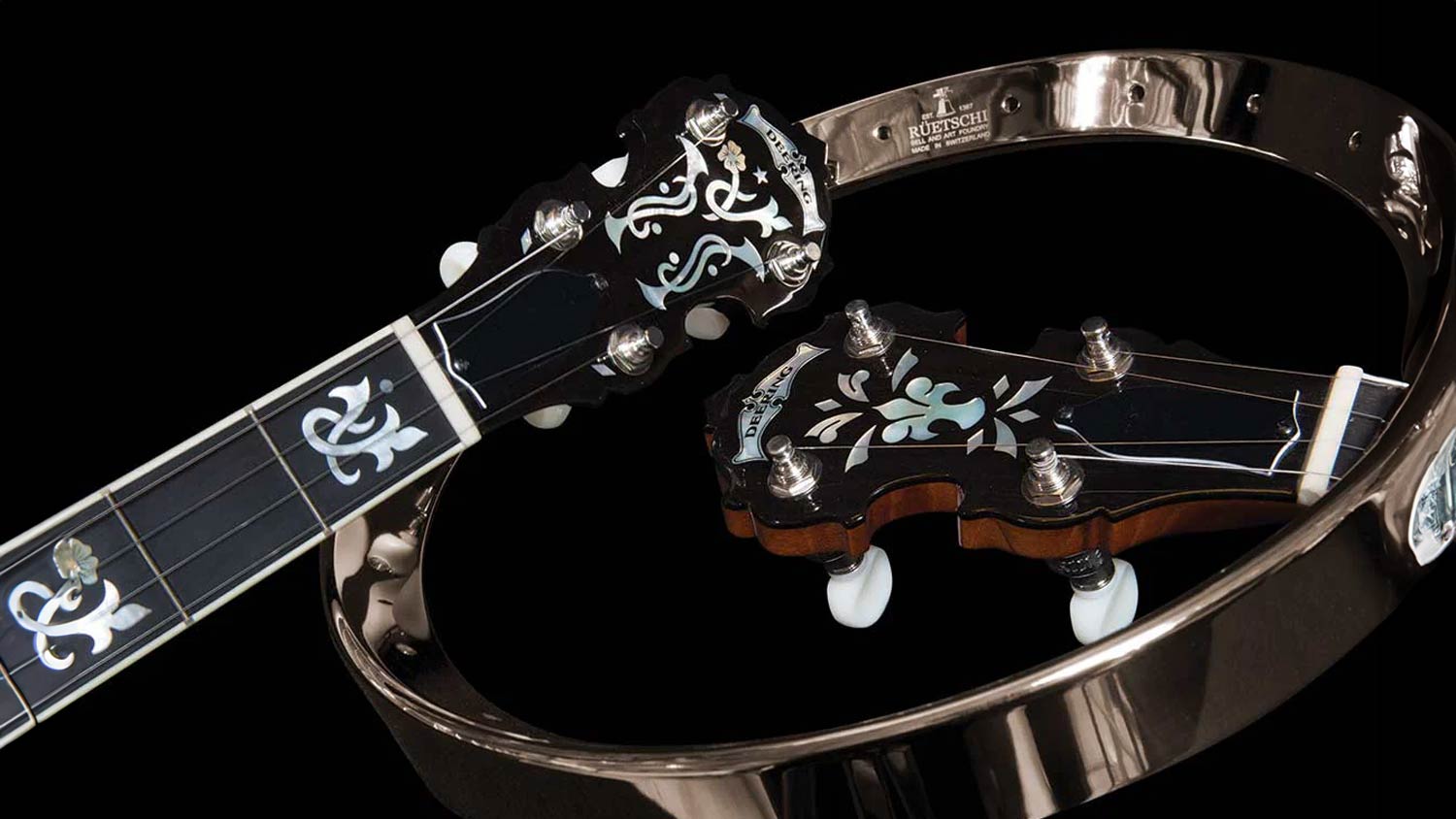

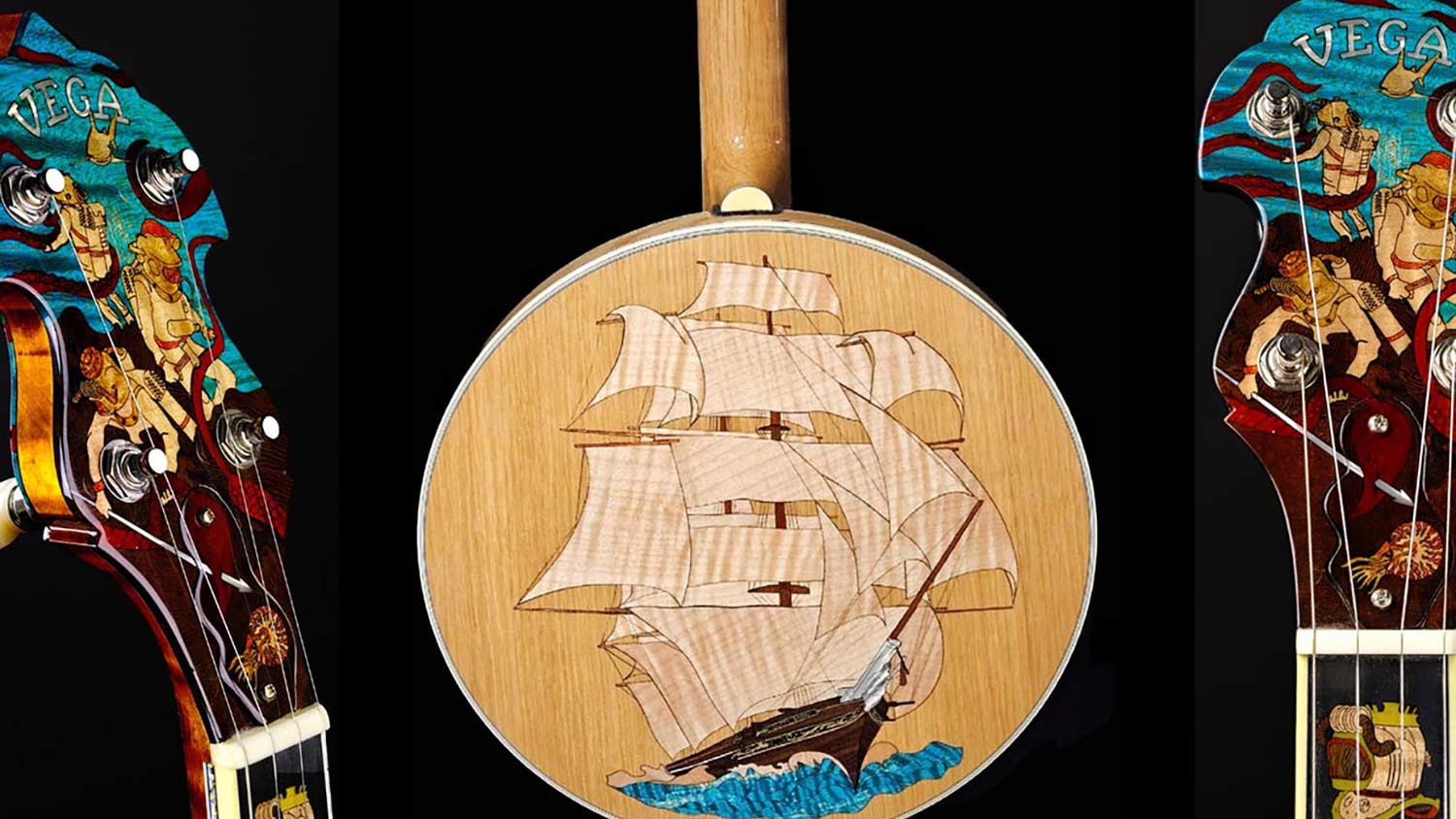





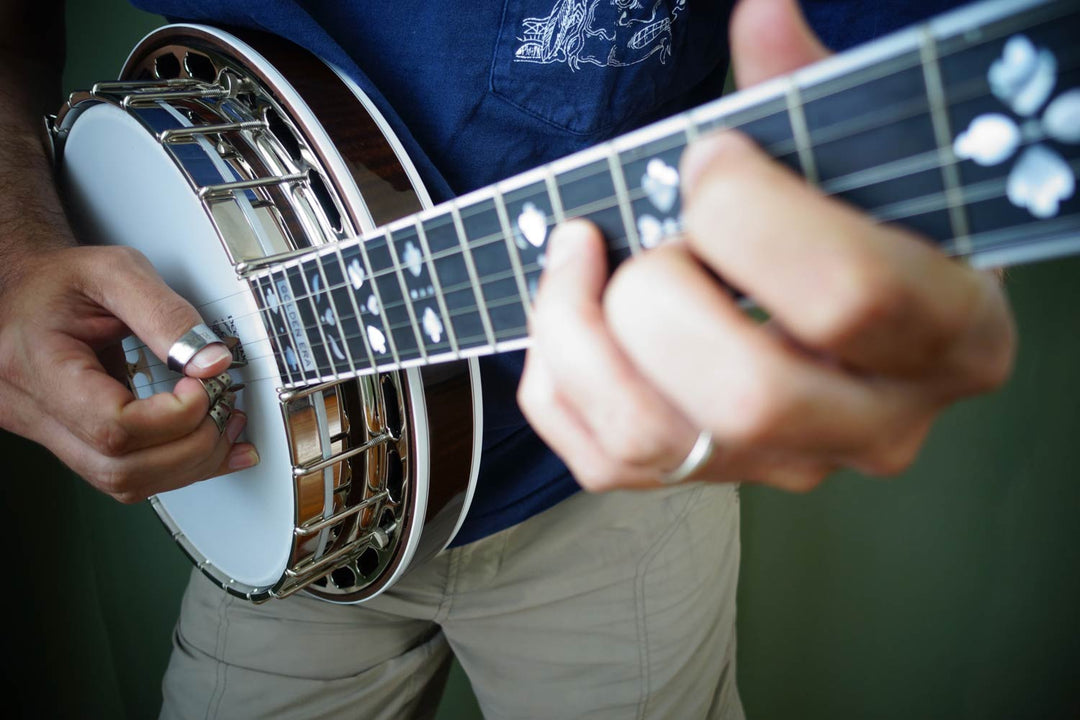
Do you have a torque wrench equivalent value for a drum dial reading of #91, or a value for a head tuned in G?
Thanks!
I’ve been browsing online more than 5 hours today for http://cheapcalgarypaintings.blogspot.com & How To Tighten Your
Banjo Head, yet I never found any interesting article like
yours. It is pretty worth enough for me. In my opinion, if all website owners and bloggers made good content as
you did, the net will be much more useful than ever before.
You say to tune the Head to G or G# – I assume this is with the resonator still screwed to the pot, I have several Banjos and find that using a Drum Dial and adjusting tension to #91 (ie .009 thou deflection) I get a ‘D’ with NO resonator attached – upon fitting the resonator I shim the flange until I get an ‘A’ , extra shims raises the note accordingly … is this correct ?
Thanks for the tip pages, Carolina; they’re a great resource. Being older than dirt, I know most of this stuff already, but it’s a good place to send students to prove to them that I’m not “talking out of my hat.”
I’ve got a ± 1975 model Framus top torque banjo with a raised head tonering and original Mylar head . If I use a drumdial what should the reading be and what should the height and lenght of the bridge be and what should the distance of the tailpeace be above the head. I use light gauge strings. the instument is used for playing rithm .
Regards
Leave a comment